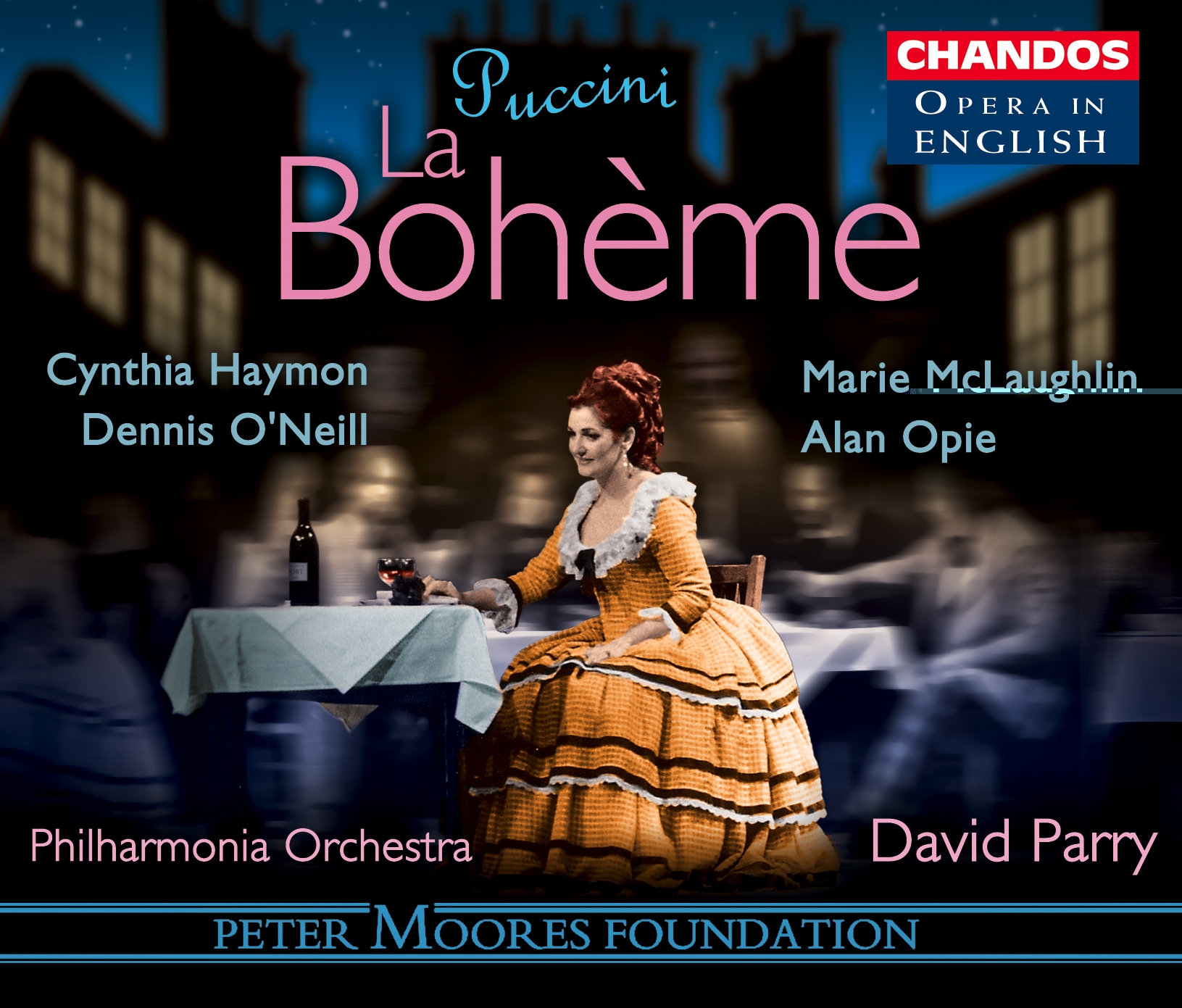

The message of death comes through really in Kosky’s emphasis on the 19th-century invention of photography.

I found myself hearing “new” things in the music (A trumpet doubles the melody in “O soave fanciùlla!?”), so refreshed were my reactions. It is a mark of how effectively this production conveyed its concerns about death while being virtually devoid of “environmental pressure.”Īnd it wasn’t just the prevalence of life-and-death images that struck me anew as a result of Kosky’s interpretation. Rufus Didwiszus’s set consisted of a backdrop displaying an old daguerreotype of a Paris street, with a slit in it through the which the characters entered and exited. There was no snowfall at the tollgate in Act three as in other productions. I say “irony” because of how palpably cold the characters are in most productions of “La Bohème.” Here the weather was not as strong a presence. Even without the visual of Mimì struggling to stay healthy, I heard familiar lines with a new portent of death – Rodolfo’s “Love is a flame that burns too quickly” for example (as it appears in David Anglin’s supertitles), and I noted the irony of one of the characters wishing “winter could last forever” since, by now it was obvious, death for Mimì would come with the spring. The “characters’ first experience with death” is this production’s harrowing perspective.Īs a result of this, I found that features of this opera jumped out at me as they never had before. No shadow of mortal illness hangs over her, or her and Rodolfo’s affair, until the third Act and then it hits hard. One of the striking features of this production is that Mimì is quite healthy in the first half.

Puccini’s opera tells of four young friends (five, if you count Marcello’s girlfriend Musetta) enjoying their youths, and youthful struggles, in the poorer artistic echelons of Paris (set here at the turn of the 20th century).Ī sixth person (Mimì) enters the scene and she and Rodolfo find a love that is more serious than their peers’ “loves that last as long as a bedroom candle,” to quote the book that the opera was based on: Murger’s “Scenes from Bohemian Life.”īut traditionally, Mimì, who will die, is sick from the start. Many might counter that it’s about young love or, more fully, young love cut short by death, but Kosky’s tighter focus has amazing ramifications for this production which comes to Los Angeles from Berlin’s Komische Oper where the Melbourne-born director is the Intendant. In an incredibly interesting interview with Simon Berger in the program booklet for Los Angeles Opera’s latest production “La Bohème” at the Dorothy Chandler Pavilion, director Barrie Kosky asserts that Puccini’s “La Bohème” is actually about death.


 0 kommentar(er)
0 kommentar(er)
